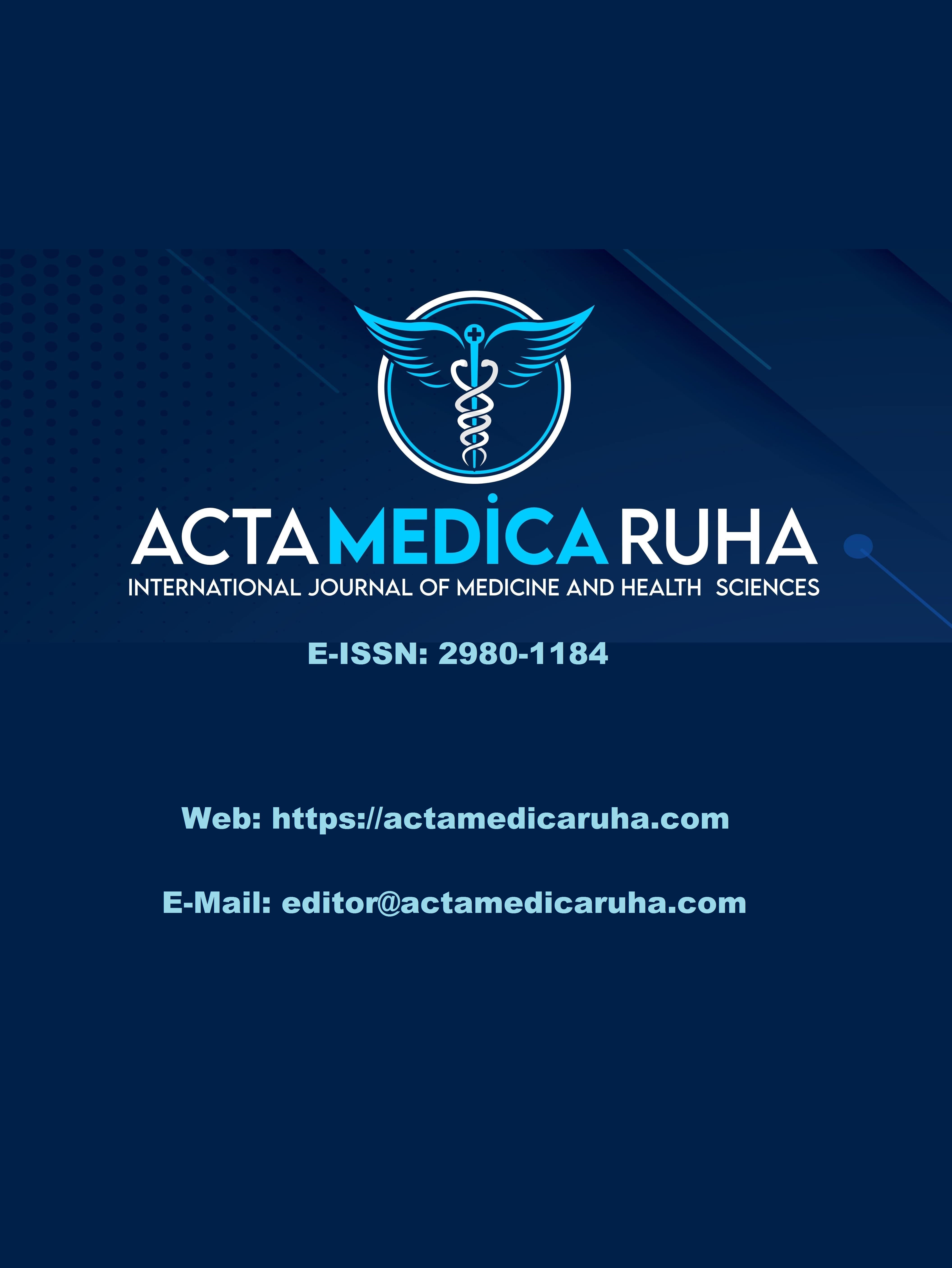Closure Methods for the Prevention of CSF Fistula in Transsphenoidal Surgery: A Large Study
Research Article
DOI:
https://doi.org/10.5281/zenodo.8267504Keywords:
Transspenoidal Surgery,, Endoscope, Cerebrospinal FluidAbstract
Aim and Background: The primary objective of this extensive series is to conduct a comparative analysis of microscopes and endoscopes and investigate the extent of variability in CSF leakage based on the surgical approach employed, the occurrence of complications during the procedure, the techniques employed for closure, and any postoperative interventions.
Materials and Methods: A retrospective analysis was conducted on lesions in the sellar region that were surgically treated via the transsphenoidal approach in the Department of Neurosurgery. Microscope, endoscope, or both were used during the approach. The access route used in this study was the transnasal transsphenoidal (TNTS), sublabial, or transcranial+TNTS approach. The repair procedure involved the use of a Surgicel-coated nasal flap, fat graft, or fascia graft and fibrin glue.
Results: The cohort of individuals experiencing CSF leaks exhibited a notably elevated use of endoscopic procedures, while the use of microscopic techniques was relatively few. The incidence of fat graft, nothing, fat+fascia, and the presence of surgicel was rather low in patients presenting with CSF leakage. There was no statistically significant disparity observed in the frequencies of lumber puncture among patients who did not exhibit cerebrospinal fluid leakage. The rates of lumber drainage and meningitis were found to be considerably greater in patients with CSF leak compared to those without (p<0.001 for both variables).
Conclusion: It has been suggested that selecting an appropriate closure approach should be based on the intraoperative complications observed during the surgical procedure, to prevent CSF leakage.
References
Fraser S, Gardner PA, Koutourousiou M, et al. Risk factors associated with postoperative cerebrospinal fluid leak after endoscopic endonasal skull base surgery. J Neurosurg. 2018;128(4):1066-1071. doi:10.3171/2016.12.JNS1694
Almeida JP, Marigil-Sanchez M, Karekezi C, Witterick I, Gentili F. Different Approaches in Skull Base Surgery Carry Risks for Different Types of Complications. Acta Neurochir Suppl. 2023;130:13-18. doi:10.1007/978-3-030-12887-6_2
Strickland BA, Lucas J, Harris B, et al. Identification and repair of intraoperative cerebrospinal fluid leaks in endonasal transsphenoidal pituitary surgery: surgical experience in a series of 1002 patients. J Neurosurg. 2018;129(2):425-429. doi:10.3171/2017.4.JNS162451
Sanders-Taylor C, Anaizi A, Kosty J, Zimmer LA, Theodosopoulos PV. Sellar Reconstruction and Rates of Delayed Cerebrospinal Fluid Leak after Endoscopic Pituitary Surgery. J Neurol Surg B Skull Base. 2015;76(4):281-5. doi:10.1055/s-0034-1544118
Pait GT, Arnautovic KI. The pituitary: historical notes. In: Krisht AF, Tindall GT, eds. Pituitary Disorders: Comprehensive Management. 1st ed. Baltimore, Md: Lippincott Williams & Wilkins; 1999:3-23.
Cushing H. The Pituitary Body and its Disorders. Clinical States Produced by Disorders of the Hypophysis Cerebri. Philadelphia, Pa/London: JB Lippincott; 1912.
Hardy J. Transsphenoidal hypophysectomy. J Neurosurg. 1971;34:582-594.
Jho HD, Carrau RL. Endoscopy-assisted transsphenoidal surgery for pituitary adenoma. Acta Neurochir (Wein). 1996;138: 1416-1425.) (Jho HD, Carrau RL, Ko Y, et al. Endoscopic pituitary surgery: an early experience. Surg Neurol. 1997;47:213-223.
Barzaghi LR, Losa M, Giovanelli M, Mortini P: Complications of transsphenoidal surgery in patients with pituitary adenoma: experience at a single center. Acta Neurochir (Wien) 149: 877-885, discussion 885-876, 2007.) (Black PM, Zervas NT, Candia GL: Incidence and management of complications of transsphenoidal operation for pituitary adenomas. Neurosurgery 20:920-924, 1987.
Li A, Liu W, Cao P, Zheng Y, Bu Z, Zhou T. Endoscopic Versus Microscopic Transsphenoidal Surgery in the Treatment of Pituitary Adenoma: A Systematic Review and Meta-Analysis. World Neurosurg. 2017;101:236-246. doi:10.1016/j.wneu.2017.01.022
Esquenazi Y, Essayed WI, Singh H, et al. Endoscopic Endonasal Versus Microscopic Transsphenoidal Surgery for Recurrent and/or Residual Pituitary Adenomas. World Neurosurg. 2017;101:186-195. doi:10.1016/j.wneu.2017.01.110
Di Perna G, Penner F, Cofano F, et al. Skull base reconstruction: A question of flow? A critical analysis of 521 endoscopic endonasal surgeries. PLoS One. 2021;16(3):e0245119. doi:10.1371/journal.pone.0245119
Dusick JR, Mattozo CA, Esposito F, Kelly DF. BioGlue for prevention of postoperative cerebrospinal fluid leaks in transsphenoidal surgery: A case series. Surg Neurol. 2006;66(4):371-376. doi:10.1016/j.surneu.2006.06.043
Conger A, Zhao F, Wang X, et al. Evolution of the graded repair of CSF leaks and skull base defects in endonasal endoscopic tumor surgery: trends in repair failure and meningitis rates in 509 patients. J Neurosurg. 2018;130(3):861-875. doi:10.3171/2017.11.JNS172141
Downloads
Published
How to Cite
Issue
Section
License
Copyright (c) 2023 Acta Medica Ruha

This work is licensed under a Creative Commons Attribution 4.0 International License.









